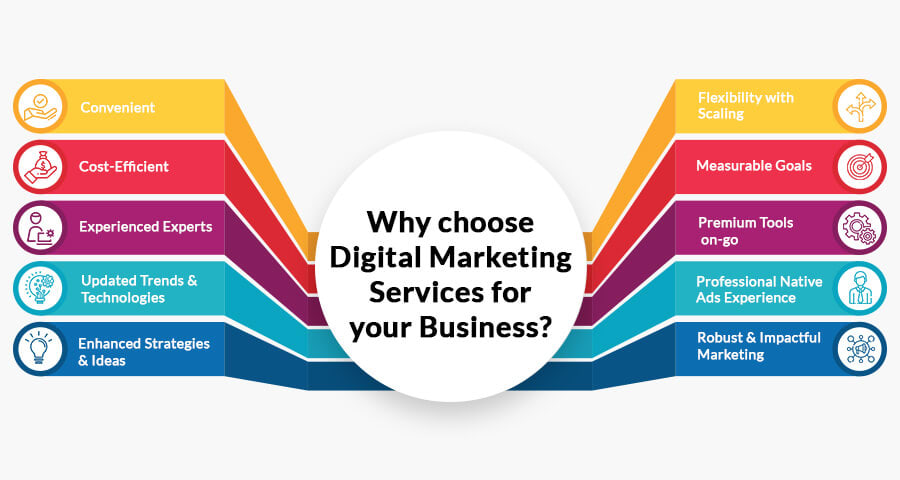In the modern era, technology is developing at lightning speed. New types of devices, software and apps are appearing that play several instrumental roles in our professional and personal life. The demand for modern and innovative apps is growing. Today, you can see the latest smartphones in the hands of the young generation, and they are very crazy about the latest apps as well. The mobile landscape is becoming dynamic. New changes are appearing due to the emergence of the 5G connectivity, Blockchain, IoT, AI (artificial intelligence) etc.
In the coming age, mobile apps will be faster, modern and very useful. Get ready to enjoy the fully integrated digital experience. Install the latest apps in your mobile phone. Today, many people use AI-powered personal assistants. The virtual reality environments that give immersive experiences have also become popular. The technology is improving at such an impressive speed that in the coming future, there is a possibility that the lines between the digital and physical world will get blurred. Let us learn more about the mobile app development trend in 2025:
Low-code platforms: Improving and simplifying the process of app development
Today, programming experts no longer solely shoulder the responsibility of developing new applications. There is availability of low-code platforms and people with sufficient programming knowledge are capable of developing full-fledged apps. Due to low-code development, more businesses and entrepreneurs are able to develop apps much faster. Now, the cost of developing apps has reduced. In the current era, many businesses are developing their own apps to manage their own inventory. Today, businesses have better growth opportunities.
Metaverse apps: The era of virtual realms
In many old science fiction movies, we have seen 3D, virtual reality, augmented reality, etc. Interestingly, the new-generation mobile apps are so modern that they provide a really immersive experience. Now, there are new possibilities for business, entertainment, social interaction, education, etc. From an abstract idea, the Metaverse has emerged into a quickly growing digital frontier where virtual reality, 3D space and augmented reality merge together. Today, you can virtually communicate with people, place online orders in a digital marketplace. The business meetings can be conducted in a completely immersive 3D space. In the coming age, the Metaverse will develop further, and the mobile phone applications will become crucial tools. You will find it easy to gain virtual experience. Surprisingly, there will be smooth harmony between the virtual and the real world.
The emergence of the 5G technology: Paving the way for faster app development
The 5G technology is not merely connected with the downloading speed, but it has become a game-changer in the arena of mobile app development. If there is strong internet connectivity, the apps can be developed at higher speed. The modern apps are very powerful, responsive and capable of handling complex tasks in real-time. Today, you can develop HD movies in just a few seconds if you have a 5G connection. By using technologies such as 5G, the developers can build applications that rely on quick data transfer, enhance user-experience, and support real-time augmented reality. The modern apps have smooth, glitch-free performance. There is also a possibility that with the help of the 5G technology, the cloud-based mobile applications will benefit tremendously. The users can access the data-rich features without burdening device storage.
Blockchain: Creating trust through transparency and security
As concerns for security and data privacy are growing, Blockchain technology is seen as a suitable solution for creating the most advanced, trustworthy mobile applications. As the Blockchain decentralizes the storage of data, there is more transparency. As a result, the information remains secure, verifiable and tamper-proof. You must expect that mobile apps will use Blockchain for data verification, secure transactions and identity protection in 2025. With the help of advanced technology, transparent tracking of the goods has become possible. Different types of frauds can be tracked and eliminated through highly secure, Blockchain-based transactions. By 2026, the Blockchain market will touch new heights.
Reducing the carbon footprint
It is our duty to make a greener future for the upcoming generations. At the same time, it is important to reduce the carbon footprint. Today, it is important to promote eco-friendly habits. Everyone must use technology to protect nature, and it is important to learn about green cloud computing. Green cloud computing is a cloud computing environment that is designed to be environmentally friendly. Many companies are taking steps to reduce their carbon footprint, and it is important to learn about their initiatives.
Augmented reality (AR) and virtual reality (VR): Providing a very engaging and immersive experience
It is believed that augmented reality and virtual reality will revolutionize everything from retail to education. Now, 5G technologies are becoming available to everyone in 2025, and AR and VR will be more mainstream. Today, the technology is so advanced that you can try clothes virtually before buying them. With the help of the VR simulations, the students can learn more about complex science ideas. The modern apps are capable of delivering interactive and captivating experiences. Now, it is possible and very easy to bridge the gap between the virtual and the real world.
Embrace innovation and enjoy a good life
Today, it is important to become a friend of technology in order to succeed in professional and personal life. The confluence of human-centric design and innovation is doing wonders; the mobile app development comes at the intersection. Many industrialists and businesses are embracing innovation because they understand that creativity is important, and this is also inspiring the development of new apps. It is good to see that the focus is on delivering a superior user experience. In the future, we will see the development of powerful, intelligent and superior mobile apps.



